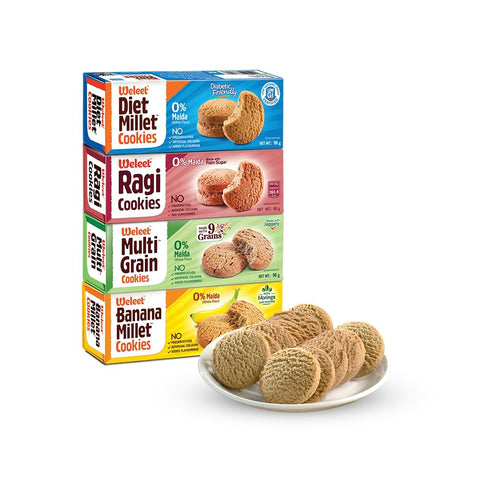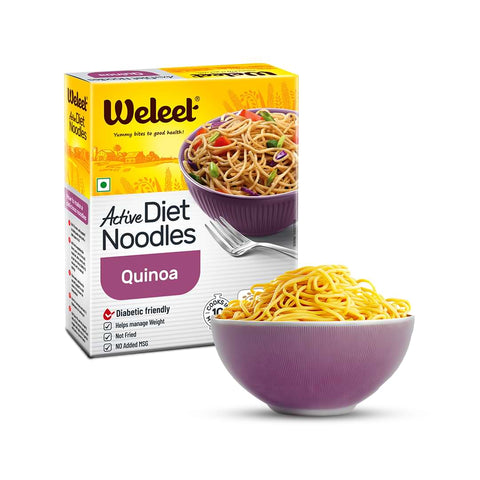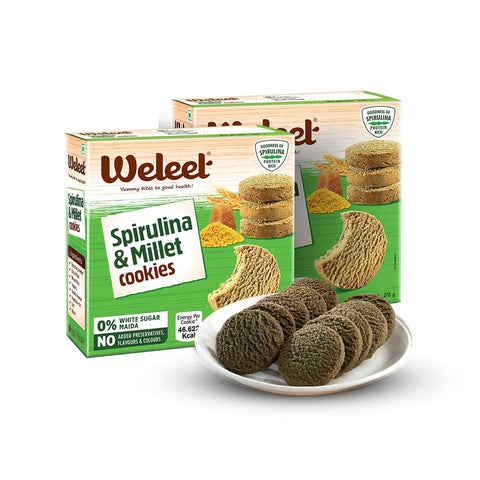When millets are substituted for rice in regular meals, researchers studying the nutritional advantages of millets have discovered that these “smart foods” can increase growth in adolescents and children by 26 to 39%. The findings imply that millets can greatly aid in the fight against malnutrition.
The study, which is a study and meta-analysis evaluating eight previously published studies, was released in the journal Nutrients. Leading it was Dr. S. Anitha, Senior Researcher at the Global Crop Research Institute of a Semi-Arid Tropics, which was a collaboration of seven institutions from four nations (ICRISAT).
According to Dr. Anitha, “These results are related to the inherently high nutritive value of millets, which demonstrate high quantities of growth boosting nutrients, specifically total protein, Sulphur-containing amino, and calcium in the instance of finger millets.”
The review included young children in infancy, preschoolers and school-age children, as well as teenagers. In the review, two research employed a combination of millets, one study used sorghum, and five studies used finger millet (finger, pearl, foxtail etc.)
When compared to kids on standard rice-based diets, kids fed millet-based meals had a relative rise in mean height of 28.2%, weight of 26%, mid-upper arm circumference of 39%, and chest circumference of 37%. The kids in the study ate millets from three months up to 4.5 years of age.
“To successfully implement millet-based foods, menus must be created for all age groups using delectable, culturally appropriate recipes. To further promote knowledge and interest in millets, awareness and marketing activities should be used.
The Director General of ICRISAT, Dr. Jacqueline Hughes, stated that these findings “provide evidence that nutrition effective interventions can be developed and suited to increase the diversity in meal options using millets, and thereby to enhance the nutritional content, as well as in school feeding and child and mother programs.”
Dr. Hemalatha, Director of India’s (NIN), the study’s author, stated that establishing millet-based meals needed menus to be created for all age groups using tasty recipes that were sensitive to cultural differences.
Dr. Hemalatha added, “This should also be accompanied with awareness-raising and marketing activities to create interest in and a better understanding of millets.
All of the investigations were carried out in India using typical rice-based diets. The researchers looked at meals that had greater variety, such as vegetables, fruit, dairy, and staples, and found that switching from rice to millets only slightly increased growth.
When compared to kids on standard rice-based diets, children fed a millet-based diet had a relative rise in mean height and weight of 28.2% and 26%, respectively, the review revealed. Children on millet-based diets compared to those on rice-based diets also showed a 39% rise in mid-upper arm girth and a 37% increase in chest circumference.
The study also discovered that millets-based foods help with type 2 diabetes management, lowering cholesterol levels, lowering obesity, and anemia.
These outcomes can be attributed to the natural high nutritional value of millets, which include significant levels of nutrients that promote growth, particularly total protein, amino acids containing Sulphur, and calcium with in case of finger millets.
According to this, children’s growth can be aided by simply substituting or varying rice with millets, making significant dietary changes to include a wider variety of nutrient-dense foods, or both.
The meta study’s research was all based on typical rice-based meals that were then contrasted with meals made using millets. When meals containing vegetables, fruits, and dairy items were served with millets rather than rice, the researchers found that the amount of increased growth was small.
According to the research, this suggests that just substituting millets for rice, together with more varied and nutrient-rich diets like fruits and vegetables, can be advantageous for children’s development.
Professor Ian Givens, an author of the study and Director of the Institute for Food, Nutrition, and Health at the University of Reading in the UK, stated that “Millets are a bowl of a wide variety of nutrients and so this growth research is part of four years of hard work among numerous organizations around the world who teamed up to undertake a series of research studies on the main health assertions of millets, to check the scientific credibility.”
Millets have been found to contribute to many of the most important nutritional and health demands, according to the studies Dr. Givens mentions. Along with helping to manage type 2 diabetes, iron deficiency anemia, total cholesterol levels, obesity, and the risk for heart disease, they also support efforts to combat child undernutrition.
Additionally, finger millet has significant quantities of calcium naturally (364 58 mg/100g of grain), of which the body typically retains almost 23%. According to the existing research, finger millet has about 28% bioavailable calcium, which translates to about 100 mg of bioactive calcium per 100g of grain. If consumed appropriately, this amount of calcium could help treat calcium deficiencies.













